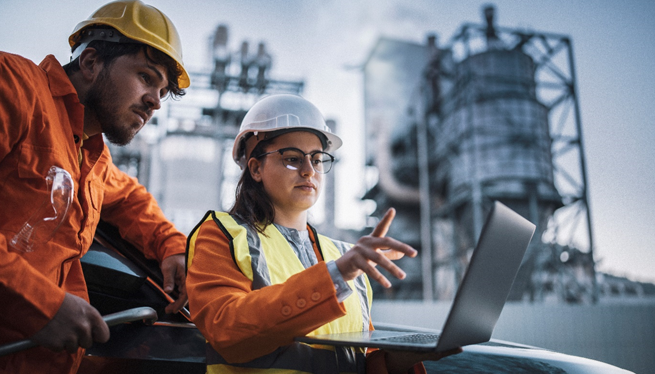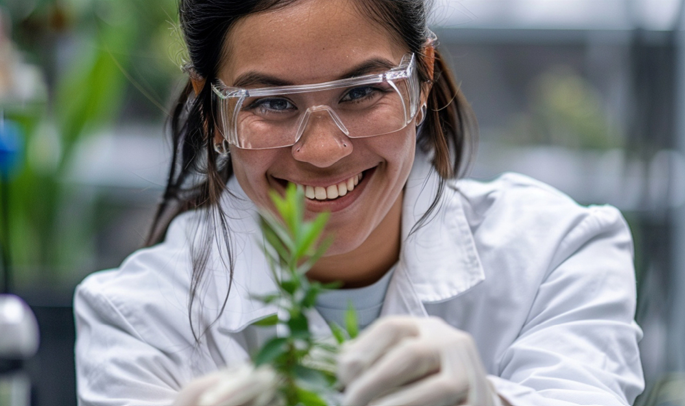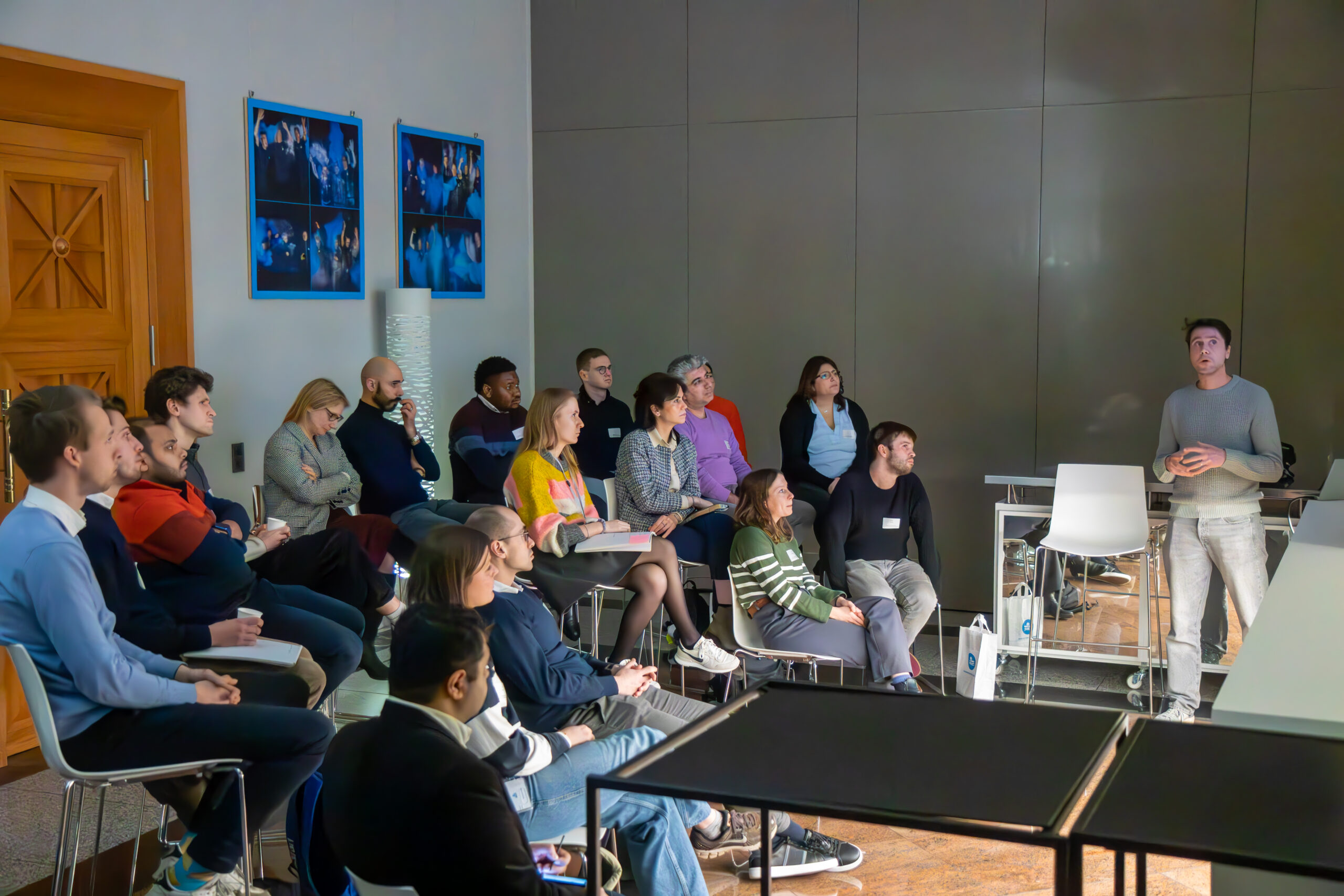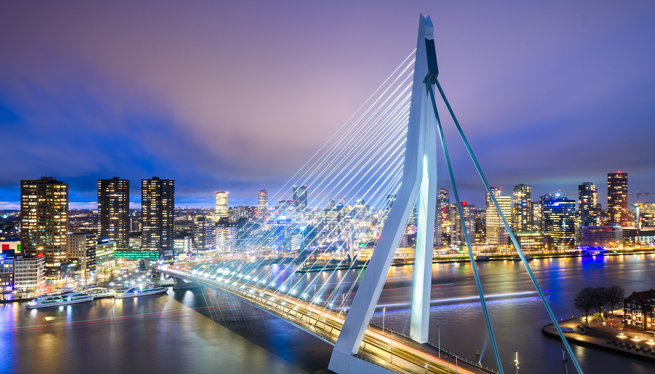Assessing the viability of solvent-based carbon capture in newbuild CCGTs
ENGIE Laborelec, in collaboration with ENGIE Research and ENGIE Global Business Unit Thermal and Supply, is conducting research on how viable carbon capture is in new build CCGT plants. A mobile carbon capture unit will allow operational experience to be gathered and the technology and cost to be validated for CCGTs running in flexible operation and for different solvents under various operating conditions.
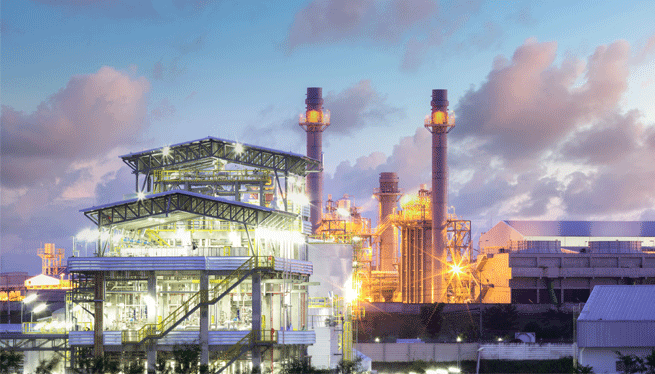
Post-combustion carbon capture solutions are expected to be the most mature and cheaper option for decarbonizing newbuild CCGT plants by 2030, with the European emission trade system gradually improving the economics of it all. Yet post-combustion carbon capture still comes with significant challenges, given the large volumes of exhaust gas to be treated. Carbon capture processes must also be in sync with the CCGTs, which today are designed to operate in flexible mode.
The type of solvent significantly impacts the cost of carbon capture
ENGIE Laborelec’s research programme was launched to assess how viable carbon capture solutions are in the new generation of CCGTs. In 2021, a market consultation was carried out in collaboration with Tractebel and the Thermal & Supply business unit to assess the cost of state-of-the-art post-combustion carbon capture. The study revealed that the type of solvent significantly impacts both capital and operational expenditures, meaning there is a trade-off between performance and solvent costs.
Detailed engineering studies will be needed to evaluate the best design configuration. Uncertainties remain concerning whether a CCGT running in flexible operation has an impact on the operability and cost of carbon capture.
Building a mobile unit and modelling large-scale carbon capture
The current research programme, which runs until 2025, is designed to gain more insight into the phenomena and quantify the potential of reducing the cost of carbon capture for newbuild CCGTs. Operational experience will be gathered using a mobile capture unit, which will be installed for testing purposes at an ENGIE power plant. Laborelec developed its design, The unit is being built and will be commissioned in 2023. A large-scale carbon capture process simulation model will also be developed and validated with experimental data.
“The model will allow us to evaluate operational flexibility and assess strategies to reduce the costs,” says Laborelec expert Han Huynh Thi. “It will give us the know-how we need to challenge the technology providers, ensuring the best value and the lowest risk for future ENGIE projects.”
This research illustrates one of ENGIE Laborelec’s core concern, combining innovation capability with expertise in operational excellence, to foster implementation of best available technologies.
